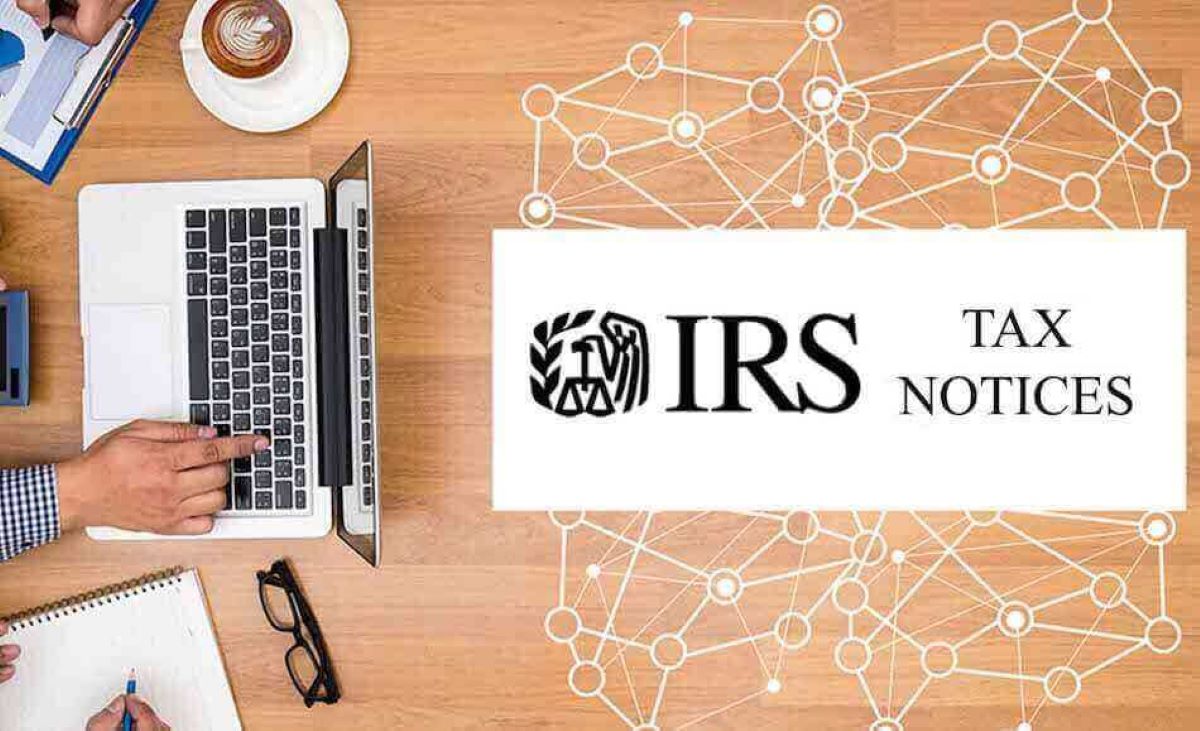Home>Finance>Which Part Of A Loan Disclosure States What Late Fee The Lender Will Charge?


Finance
Which Part Of A Loan Disclosure States What Late Fee The Lender Will Charge?
Published: February 22, 2024
Find out where to locate the late fee information in a loan disclosure. Understand the finance terms and avoid surprises.
(Many of the links in this article redirect to a specific reviewed product. Your purchase of these products through affiliate links helps to generate commission for LiveWell, at no extra cost. Learn more)
Table of Contents
Introduction
Understanding the Importance of Late Fee Information in Loan Disclosures
When you're considering taking out a loan, it's crucial to have a clear understanding of all the terms and conditions involved. Loan disclosures play a pivotal role in this process, as they provide detailed information about the various aspects of the loan, including the late fee that the lender may charge in the event of delayed payments. Understanding the implications of late fees is essential for borrowers, as it directly impacts the cost of borrowing and the overall management of their financial commitments.
Loan disclosures are designed to ensure transparency and fairness in lending practices. They are intended to empower borrowers by providing them with comprehensive details about the terms of the loan, enabling them to make informed decisions. Among the myriad of information contained within loan disclosures, the late fee clause holds significant importance. This clause outlines the specific amount that the lender may charge if the borrower fails to make timely payments. By being aware of this provision, borrowers can proactively plan their repayment strategy and avoid unnecessary financial burdens.
Late fees can significantly impact the overall cost of a loan, potentially leading to financial strain for borrowers. Therefore, having a clear understanding of the late fee information in loan disclosures is crucial for making sound financial decisions. It allows borrowers to assess the potential consequences of delayed payments and take necessary precautions to avoid incurring additional expenses.
In the following sections, we will delve into the specifics of loan disclosures and the critical role of late fee information. We will explore the significance of locating this information within the loan documentation and provide insights into the implications of late fees for borrowers. Understanding where to find the details regarding late fees in loan disclosures is paramount for borrowers to navigate the borrowing process with confidence and financial prudence.
Understanding Loan Disclosures
Loan disclosures are comprehensive documents that outline the terms and conditions of a loan, providing borrowers with essential information to make informed financial decisions. These disclosures are mandated by law and are designed to ensure transparency in lending practices, safeguarding the interests of borrowers. They typically include details such as the loan amount, interest rate, repayment schedule, and any associated fees or penalties, including late fees.
One of the primary purposes of loan disclosures is to present the total cost of borrowing, allowing borrowers to assess the financial implications of the loan. By providing a breakdown of the various expenses associated with the loan, including interest charges and potential fees, these disclosures enable borrowers to evaluate the affordability of the loan and compare it with other financing options.
Loan disclosures also serve as a means of protection for borrowers, ensuring that they are fully aware of the terms to which they are agreeing. The disclosures help prevent predatory lending practices and empower borrowers to make sound financial choices. Additionally, they promote accountability among lenders, as they are obligated to provide accurate and complete information about the loan.
Understanding loan disclosures is fundamental for borrowers seeking financial assistance, as these documents serve as a roadmap for the entire borrowing process. By familiarizing themselves with the contents of the disclosures, borrowers can gain clarity on the terms of the loan, anticipate potential costs, and make informed decisions regarding their financial commitments.
As borrowers navigate the complexities of loan disclosures, it is essential to pay close attention to the details, including the late fee information. By comprehending the purpose and significance of loan disclosures, borrowers can approach the borrowing process with confidence and ensure that they are equipped to manage their financial obligations responsibly.
Importance of Late Fee Information
Understanding the late fee information contained within loan disclosures is paramount for borrowers as it directly impacts the cost of the loan and the consequences of missed or delayed payments. Late fees are charges imposed by lenders when borrowers fail to make their payments on time. These fees can significantly add to the overall cost of borrowing and may lead to financial strain for individuals managing loan repayments.
By being aware of the late fee provisions outlined in loan disclosures, borrowers can proactively plan their finances to avoid incurring these additional charges. This knowledge empowers borrowers to prioritize timely payments, thereby safeguarding their financial well-being and preventing unnecessary expenses.
Furthermore, understanding the late fee information enables borrowers to assess the potential financial repercussions of delayed payments. It prompts borrowers to adhere to the repayment schedule and reinforces the importance of honoring financial commitments. By recognizing the impact of late fees, borrowers are motivated to manage their finances responsibly and prioritize meeting their loan obligations.
For lenders, late fee information serves as a mechanism to encourage timely payments and discourage delinquency. It incentivizes borrowers to fulfill their payment obligations within the stipulated timeframe, promoting financial discipline and minimizing the risk of defaults. The inclusion of late fee details in loan disclosures underscores the significance of prompt payment and underscores the consequences of neglecting payment deadlines.
Ultimately, the importance of late fee information in loan disclosures lies in its ability to empower borrowers with the knowledge needed to make informed financial decisions. By understanding the implications of late fees, borrowers can proactively manage their loan repayments, mitigate additional costs, and uphold their financial responsibilities. This awareness fosters financial prudence and contributes to a more secure financial future for borrowers.
Locating Late Fee Information in Loan Disclosures
As borrowers review loan disclosures, locating the specific details regarding late fees is crucial for gaining a comprehensive understanding of the financial obligations associated with the loan. Late fee information is typically delineated within the sections of the disclosure that pertain to the terms and conditions of the loan, specifically addressing the consequences of missed or delayed payments.
One common location for late fee information is within the “Payment Terms” or “Late Payment” section of the loan disclosure. In this segment, borrowers can find explicit details about the amount of the late fee, the circumstances under which it is applicable, and the grace period, if any, before the late fee is imposed. Additionally, this section may outline the potential escalation of late fees for subsequent delinquent payments, providing a comprehensive overview of the repercussions of payment delays.
Another area within loan disclosures where late fee information may be specified is the “Fee Schedule” or “Penalties” section. Here, borrowers can find a breakdown of the various charges associated with the loan, including late fees. This section may also elucidate any additional penalties or charges that may accrue in the event of prolonged delinquency, offering a comprehensive view of the financial implications of missed payments.
Furthermore, late fee information may be integrated into the “Disclosure Statement” or “Payment Information” section of the loan document. This segment typically provides a summary of the key terms of the loan, including details about late fees, grace periods, and the process for assessing and collecting late payments. By referencing this section, borrowers can gain a concise overview of the late fee provisions and their impact on the overall cost of the loan.
It is essential for borrowers to carefully review the entire loan disclosure to ensure that they have identified and understood the late fee information. By familiarizing themselves with the specific sections where late fee details are presented, borrowers can proactively plan their repayment strategy, prioritize timely payments, and avoid incurring unnecessary additional expenses.
Overall, locating late fee information within loan disclosures empowers borrowers to make informed decisions regarding their financial commitments, enabling them to navigate the borrowing process with clarity and prudence.
Conclusion
In conclusion, loan disclosures serve as invaluable resources for borrowers, offering comprehensive insights into the terms and conditions of a loan. Understanding the late fee information contained within these disclosures is crucial for borrowers, as it directly influences the cost of borrowing and the repercussions of missed payments. By being aware of the late fee provisions, borrowers can proactively manage their finances, prioritize timely payments, and avoid incurring additional expenses.
The significance of late fee information extends beyond its financial implications; it underscores the importance of honoring financial commitments and promotes responsible financial management. By locating and comprehending the late fee details within loan disclosures, borrowers can make informed decisions, mitigate potential costs, and uphold their obligations with confidence.
Furthermore, the inclusion of late fee information in loan disclosures serves as a mechanism to encourage timely payments and deter delinquency. It reinforces the importance of financial discipline and underscores the consequences of neglecting payment deadlines, benefiting both borrowers and lenders alike.
As borrowers navigate the complexities of loan disclosures, understanding where to find the details regarding late fees is paramount for making sound financial decisions. By familiarizing themselves with the specific sections where late fee information is presented, borrowers can approach the borrowing process with clarity and prudence, ultimately contributing to a more secure financial future.
In essence, the knowledge of late fee information empowers borrowers to proactively manage their loan repayments, mitigate additional costs, and uphold their financial responsibilities. This awareness fosters financial prudence and contributes to a more secure financial future for borrowers, ultimately enhancing their overall financial well-being.














